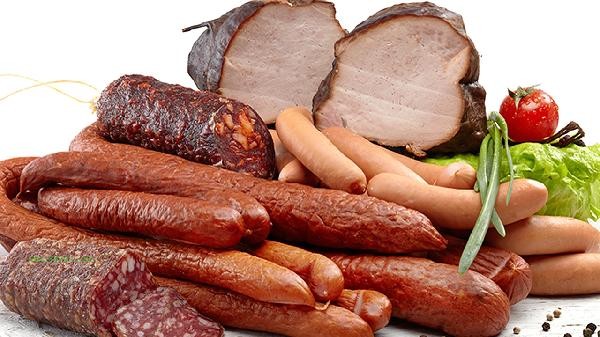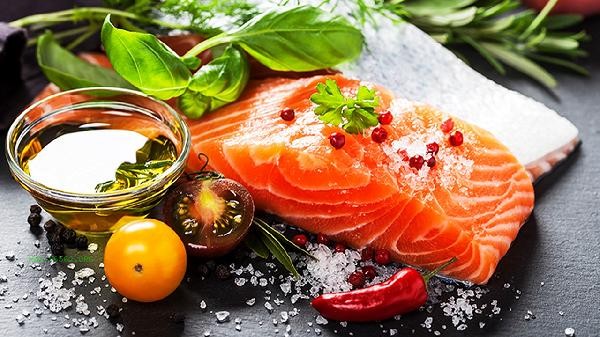The profitability of vegetable and fruit business needs to be optimized from multiple dimensions, including product quality, supply chain management, sales channels, cost control, and customer service. The key points include selecting high-quality sources of goods, establishing a stable supply chain, expanding diversified sales channels, refining cost accounting, and enhancing customer stickiness.

1. Selecting high-quality sources of goods
Choosing vegetables and fruits with high freshness and good appearance is the foundation of profitability. Prioritize cooperation with local farmers or large-scale planting bases to reduce intermediate losses. Adjust the category according to the season, adding root vegetables in winter and focusing on seasonal fruits in summer. Regular sampling and testing of pesticide residue indicators to ensure compliance with food safety standards. For high-end customers, organic certified products can be introduced to increase the premium space.
2. Establish a stable supply chain
Sign long-term agreements with 3-5 core suppliers to lock in advantageous procurement prices. Using cold chain transportation to store leafy vegetables, equipped with professional warehousing facilities to control inventory turnover within 3 days. Establish an emergency backup supplier list to respond to sudden supply disruptions, and implement daily batch delivery for perishable goods. By reducing unit costs through large-scale procurement, bulk categories can try the direct procurement model from the place of origin.
3. Expand Multiple Channels
Offline physical stores should choose crowded locations such as communities or markets, and synchronize online entry into food delivery platforms and community group buying. Develop bulk procurement services for enterprise customers and provide customized delivery services for restaurants and cafeterias.

4. Refined Cost Accounting
Detailed records of the purchase price, loss rate, and sales data for each batch of goods, and establishes a dynamic pricing model. Promptly discount and promote unsold products, and extend the value chain by cutting or salad processing defective products. Optimize personnel scheduling to reduce idle manpower waste, and adopt energy-saving equipment to lower water and electricity costs. Analyze consumption data through the membership system, accurately predict purchase quantities to avoid backlog.
Fifth, enhance customer stickiness
Launch member points and discounts to increase repurchase rates, regularly hold fruit tasting events to cultivate consumption habits. Provide free cleaning, cutting, and value-added services, and establish a customer community to push promotional information. Collect consumer feedback to improve product structure and respond to complaints within 24 hours. Collaborate with nearby fitness centers, kindergartens, and other institutions for cross industry marketing to expand brand influence.

It is recommended that operators record core indicators including gross profit margin, loss rate, and unit price on a daily basis, and monitor business conditions in real time through data dashboards. Regularly train employees on product knowledge and service standards, and establish standardized operating procedures. Pay attention to changes in agricultural policies and consumption trends, and adjust business strategies in a timely manner. We can try to develop our own brand of deep processed products such as dried fruit and juice to extend the industry chain and increase profit margins. Maintain information exchange with peers, learn advanced management models and innovative marketing methods.








Comments (0)
Leave a Comment
No comments yet
Be the first to share your thoughts!